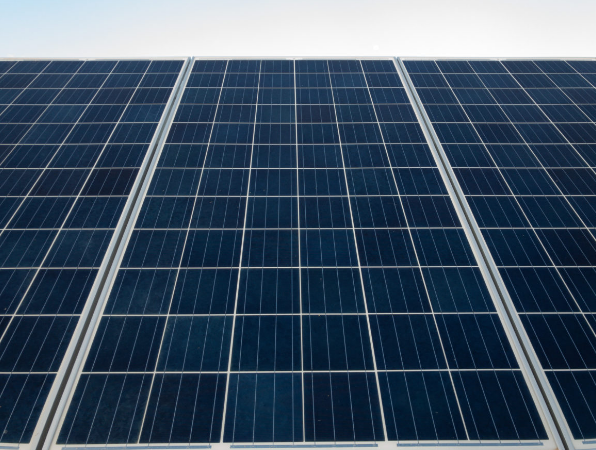Researchers from Spain’s University of the Basque Country have developed a special maximum power point tracking (MPPT) algorithm based on temperature to improve PV system performance .
The scientists said temperature has been used as a variable because measuring irradiance is more expensive. “The temperature is a smoother variable than the irradiance, thus the control does not need to change the optimal current function so quickly,” they explained.
The algorithm is defined as the parametrization of an optimal current function, which is strictly dependent on temperature, and is said to be able to calculate this function for each temperature. “By using this optimal current linear function, the algorithm calculates the current set point,” the academics explained. “In that way, the control forces the PV module to work in the optimal current line.”
The algorithm has already shown stability in testing, with MPPT control always converging at the optimal point after several cycles. The proposed control algorithm is also based on the Lyapunov function, which is a scalar function commonly used to prove the stability of a dynamic system. This function, in particular, is responsible for forcing a solar module to operate linearly to reach its maximum power point in just a few steps, the research team claimed.
Conventional MPPT algorithms such as those based on perturb and observe (P&O) or incremental conductance (IC) methods have the advantage of being adaptive and robust. However, they also have the disadvantage of exhibiting an oscillating behavior around the maximum power point. “They move the operating point around the MPP but they do not reach accurately the MPP,” the researchers said.
By contrast, the proposed algorithm has only one input – PV module performance. “It makes our Lyapunov-based algorithm easy to implement,” the academics said. “This control law can be implemented into a PV module control system with a reasonably low cost.”
The scientists acknowledged that the algorithm only works properly if accurate PV modeling is performed. “Additional research about how the MPPT based temperature control developed in the current work would behave in undesirable situations in photovoltaic panels such as partially shaded, failures or breakdowns is required,” they said.
They recently presented their algorithm in “Temperature based maximum power point tracking for photovoltaic modules,” which was published in Scientific Reports.
Temperature-based MPPT algorithm to improve PV system efficiency
Researchers in Spain have developed a maximum power point tracking (MPPT) algorithm based on just one input parameter – PV module temperature. The algorithm has already shown stability in testing, the scientists claim.
Source:PV magazine






